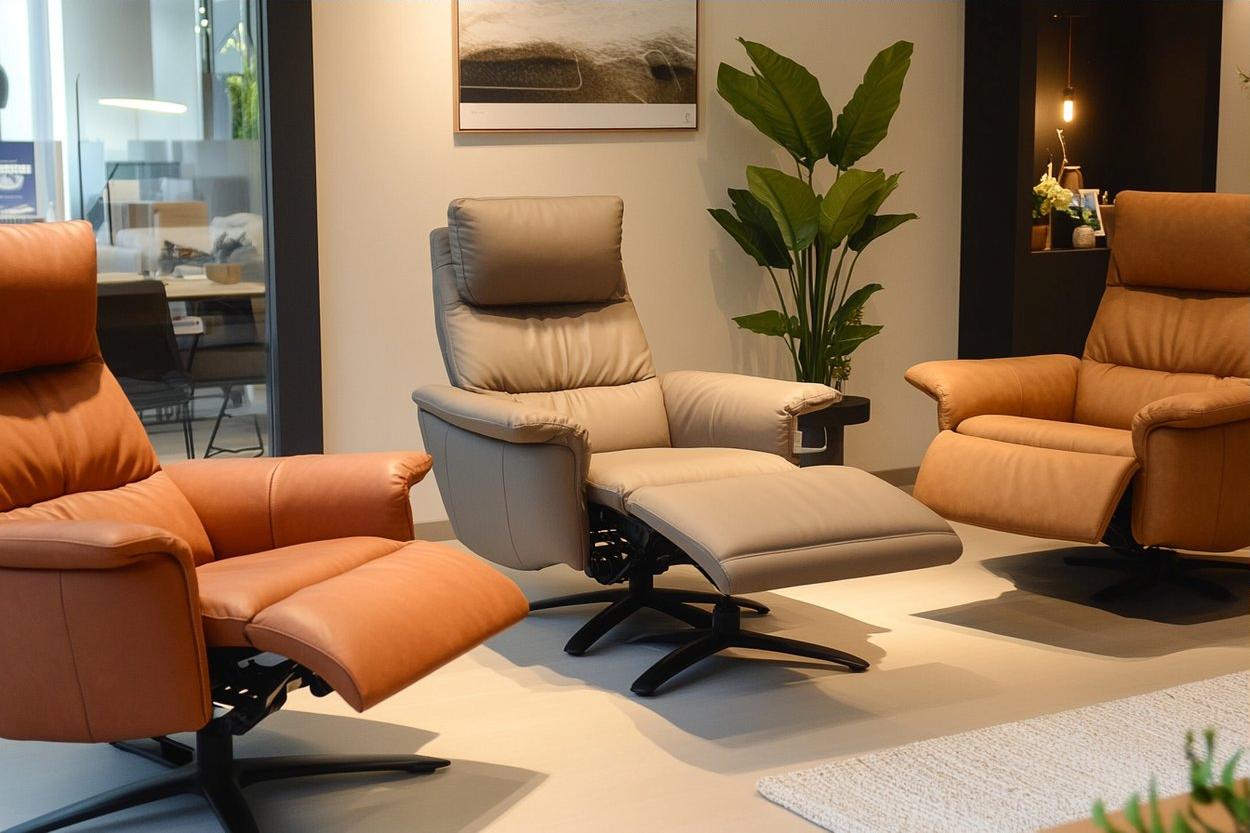Soundscaping: The Art of Crafting Auditory Environments for Home Interiors
Imagine stepping into a home where the gentle trickle of a fountain harmonizes with the soft rustle of indoor plants, creating an instant sense of tranquility. This isn't just about visual aesthetics; it's the emerging trend of soundscaping in interior design. As homeowners seek to create multisensory havens, the auditory dimension of living spaces is gaining prominence. Let's explore how this innovative approach is reshaping our domestic soundscapes and elevating the home experience.

Historical Echoes: From Wind Chimes to White Noise
The roots of soundscaping can be traced back to ancient practices. Wind chimes, used in various cultures for centuries, were among the earliest forms of intentional sound design in homes. In China, Feng Shui practitioners have long recommended the use of specific sounds to balance energy flows. The modern iteration of soundscaping builds on these traditions, incorporating technological advancements and a deeper understanding of psychoacoustics.
The Science of Sound in Space
Research has shown that our auditory environment significantly impacts our mood, productivity, and overall well-being. Studies in environmental psychology reveal that certain sounds can reduce stress levels, improve focus, and even enhance sleep quality. This scientific backing has propelled soundscaping from a niche interest to a serious consideration in home design.
Crafting Your Acoustic Palette
Creating a soundscape starts with identifying the desired emotional and functional outcomes for each space. For a living room, this might mean introducing the soothing sounds of nature, such as raindrops or ocean waves. In a home office, it could involve subtle background music designed to boost concentration. The key is to layer sounds thoughtfully, considering volume, rhythm, and how they interact with the room’s acoustics.
Tech-Enabled Sonic Environments
Advancements in audio technology have made sophisticated soundscaping accessible to homeowners. Smart speakers with customizable sound profiles allow for easy adjustment of ambient noise throughout the day. Some systems even use AI to learn preferences and automatically adjust the soundscape based on time, activity, or mood. These innovations are seamlessly integrating audio design into the smart home ecosystem.
Balancing Act: Masking Unwanted Noise
In urban environments, soundscaping often involves mitigating external noise pollution. Designers are incorporating sound-absorbing materials and strategic layouts to create quiet zones within homes. Water features, for instance, can serve dual purposes: adding a pleasant auditory element while masking traffic or neighbor noise.
The Role of Silence in Soundscaping
Paradoxically, the art of soundscaping also involves embracing moments of silence. Creating spaces that allow for quietude is increasingly valued in our noisy world. This might mean designating a silent meditation corner or ensuring bedrooms are truly peaceful retreats.
Seasonal Soundscapes: Adapting to Nature’s Rhythms
An emerging trend in soundscaping is the concept of seasonal audio design. Just as we change our decor with the seasons, some homeowners are adjusting their soundscapes to reflect the natural world outside. This might involve incorporating more bird songs in spring or the crackle of a virtual fireplace in winter, creating a stronger connection to the environment beyond our walls.
The Future of Home Acoustics
As soundscaping continues to evolve, we can expect to see more integration with other sensory elements of home design. Imagine lighting systems that sync with sound profiles or scent diffusers that activate in harmony with specific audio cues. The future home may well be a fully orchestrated sensory experience, tailored to individual preferences and needs.
In conclusion, soundscaping represents a fascinating frontier in home design, one that acknowledges the profound impact of our auditory environment on our daily lives. By thoughtfully curating the sounds within our homes, we can create spaces that not only look beautiful but feel and sound harmonious, enhancing our well-being in subtle yet powerful ways. As this trend gains momentum, it’s clear that the homes of tomorrow will be as much a delight to our ears as they are to our eyes.





